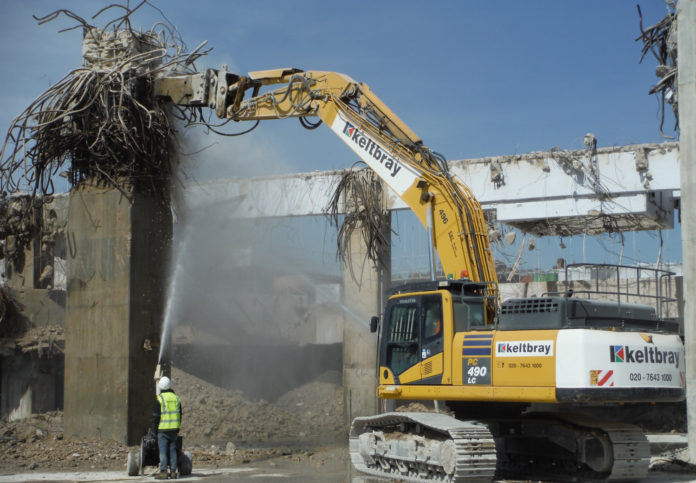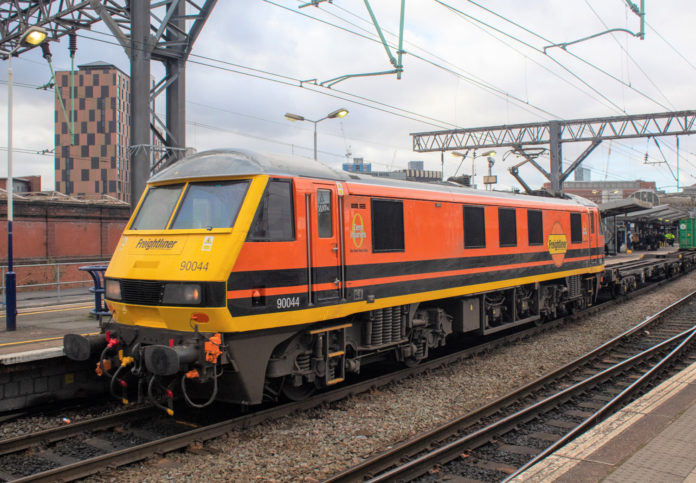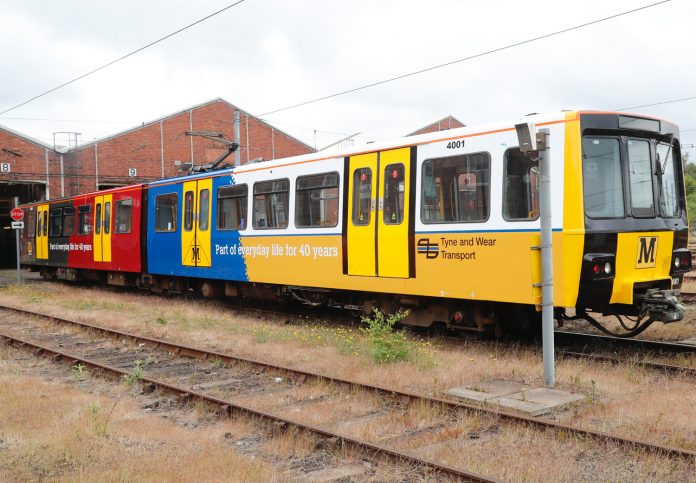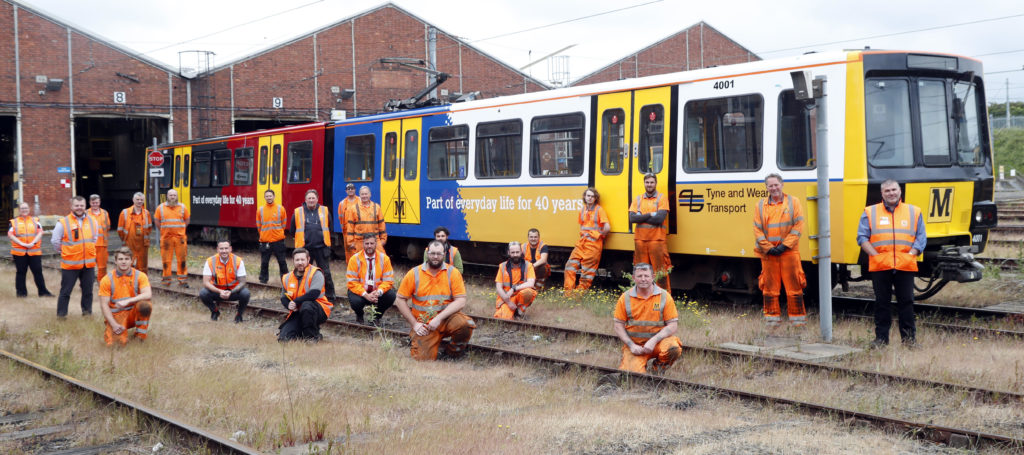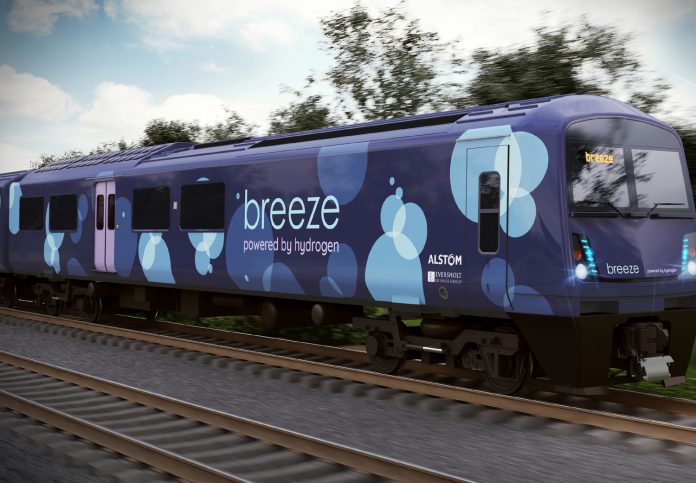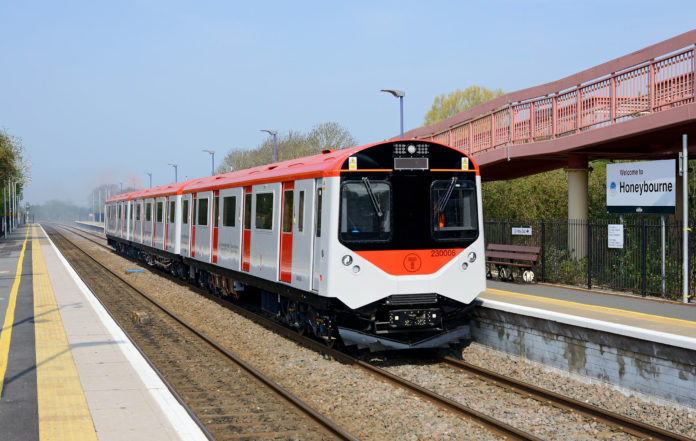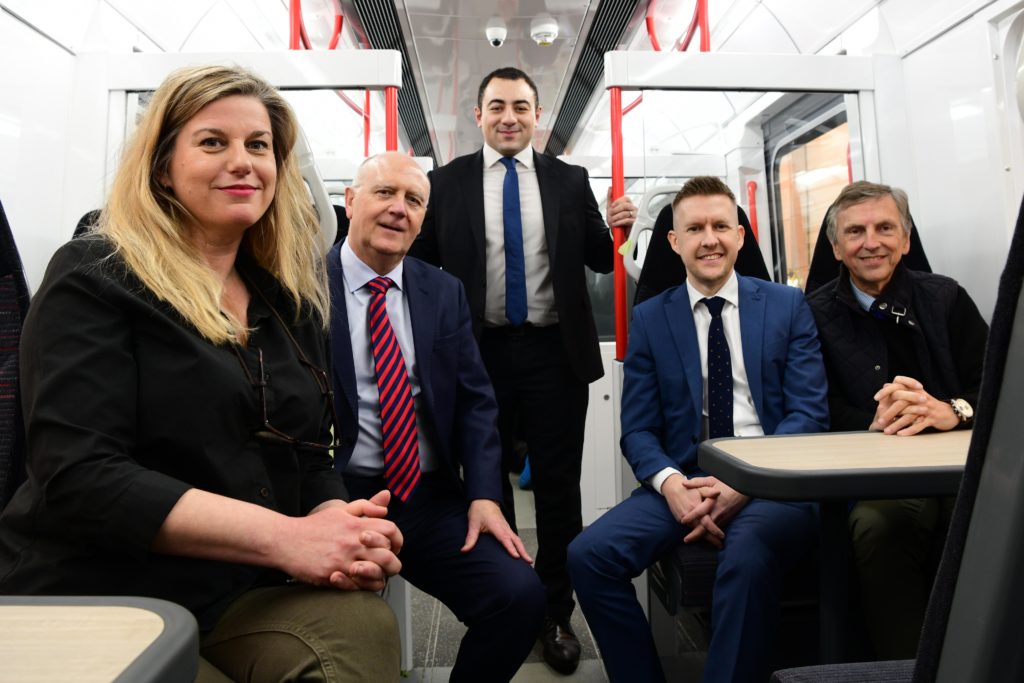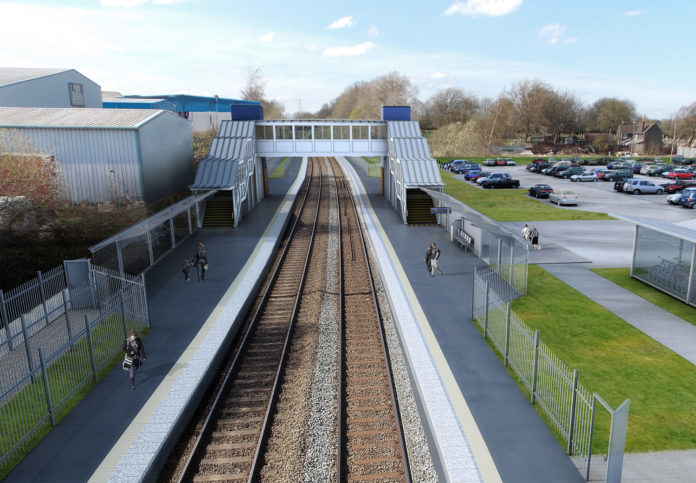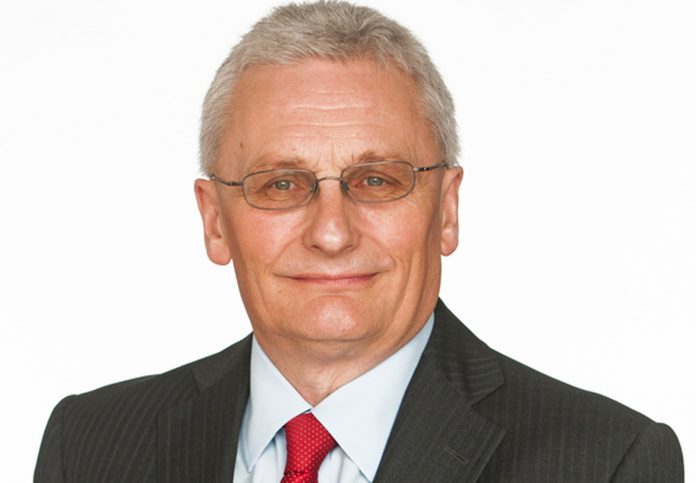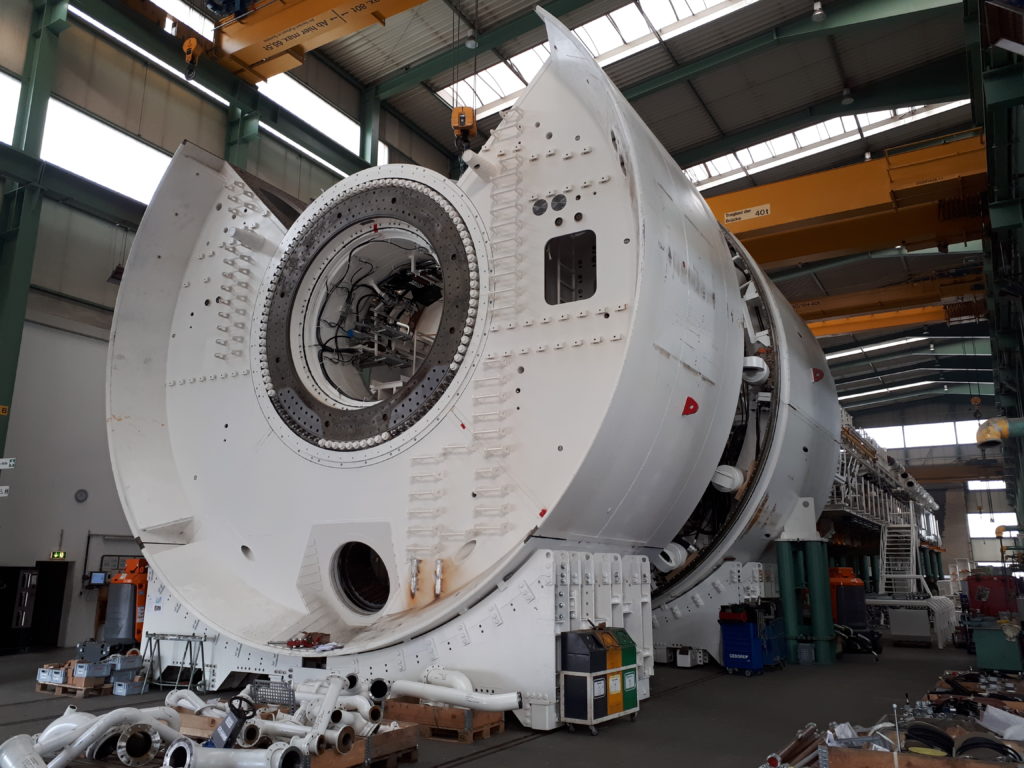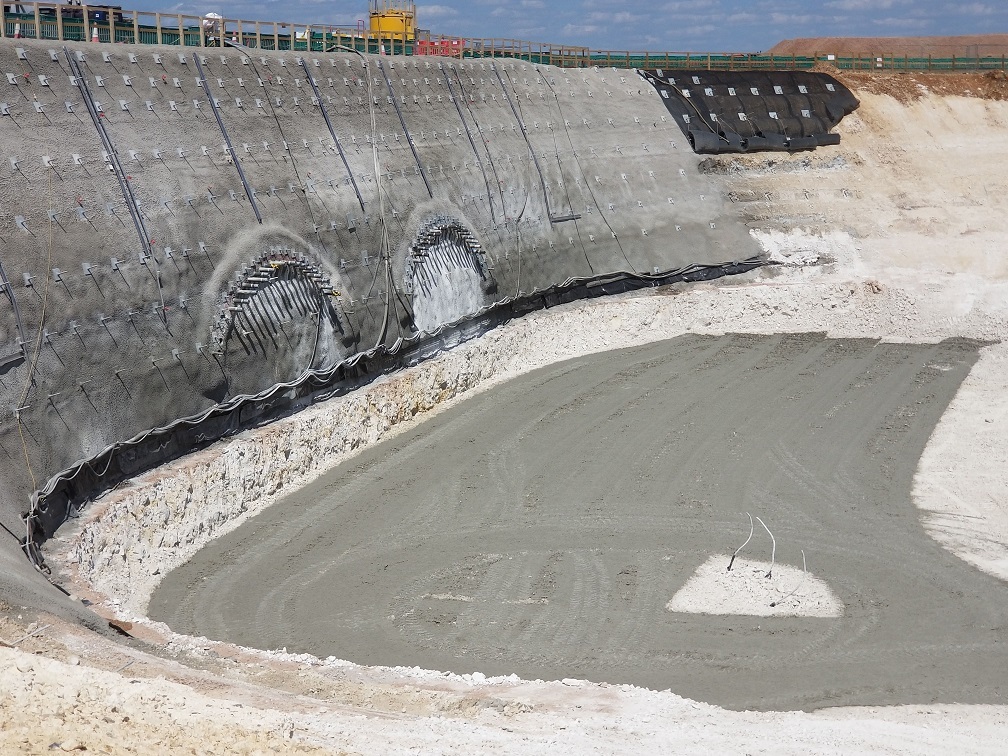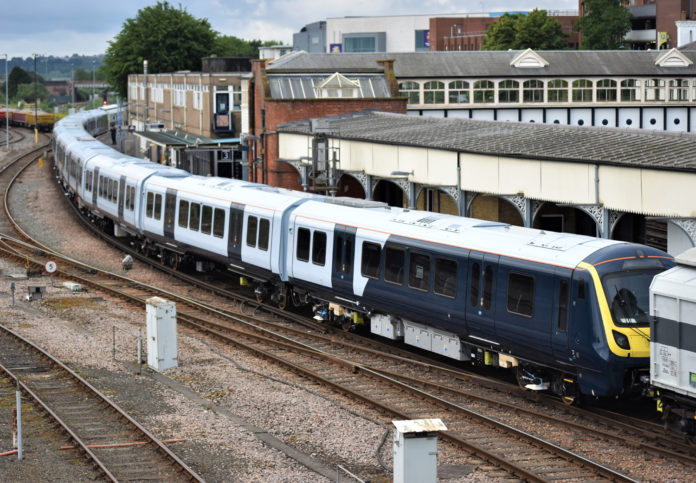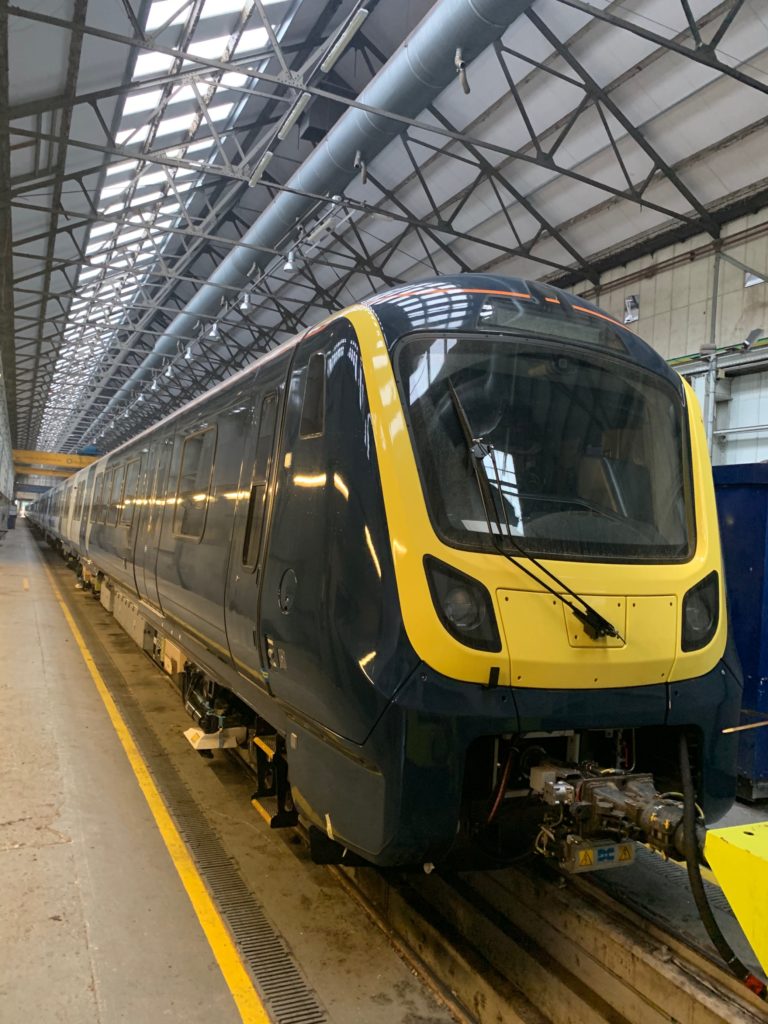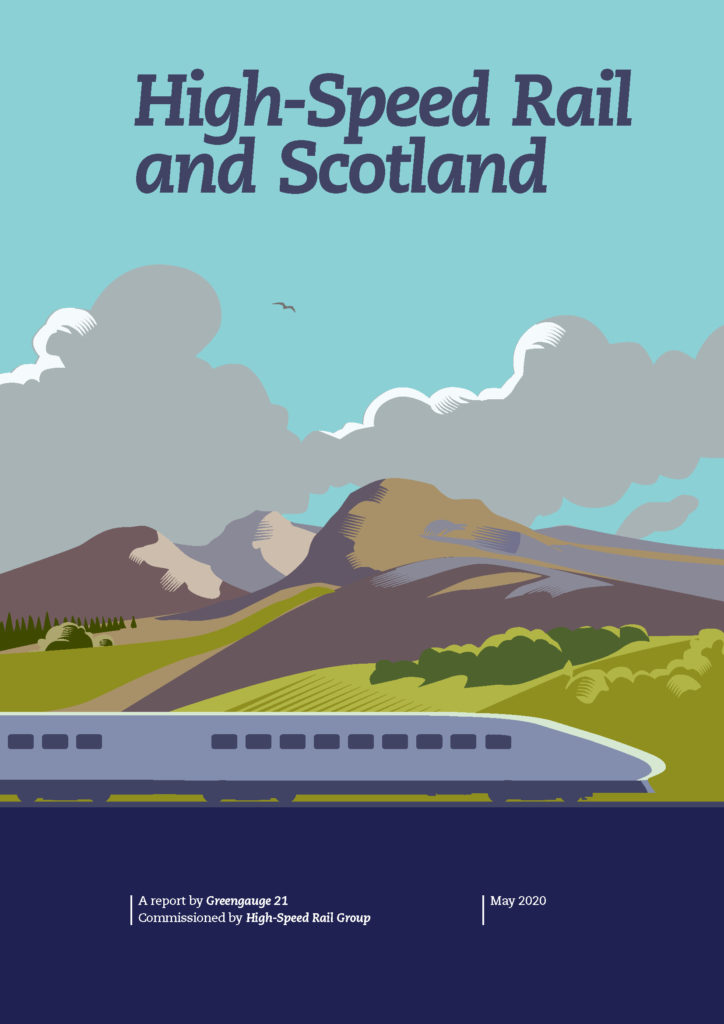In an announcement by CEO Darren James, specialist engineering and construction services company has revealed that it is looking to make 300 redundancies, mainly from its Built Environment workforce.
The Infrastructure divisions, which include Rail, seem to have escaped the cuts.
Darren James said: “The effects of the Covid19 pandemic continue to change our way of life in ways that were unforeseen only three months ago. As many companies were forced to cease operations, the construction industry was encouraged to adopt new government-backed working practices and continue delivering essential services.
“Keltbray has acted decisively and responsibly during the past three months to protect our people and safeguard the business. By furloughing a third of our workforce and introducing temporary salary reductions, we have protected jobs, while continuing to support the national effort. However, the ongoing impacts of the virus on the wider economy are unavoidable and we will need to go further to emerge stronger for the future.
“Therefore, over the next few weeks, we will be consulting with UK-based employees across Keltbray on plans to create a more efficient business as part of our ongoing response to the crisis. The reality is that these proposals will result in a reduction in the number of roles in our support functions and in the Built Environment Division in particular.
“We are therefore proposing to make 300 roles redundant over the coming months. There will be no impact in our Infrastructure Division, which continues to operate at near normal, pre-crisis levels.
“In taking this difficult action, we will match the size of our cost base to our predicted work volumes in our traditional building sectors, particularly in London. By ensuring we run our business in a lean and efficient way, incorporating productivity gains developed through our response to the pandemic, including the widespread adoption of mobile working, we will continue to provide high quality, high value services to our clients, and maintain our financial resilience to deliver our growth strategy as the markets recover.”


